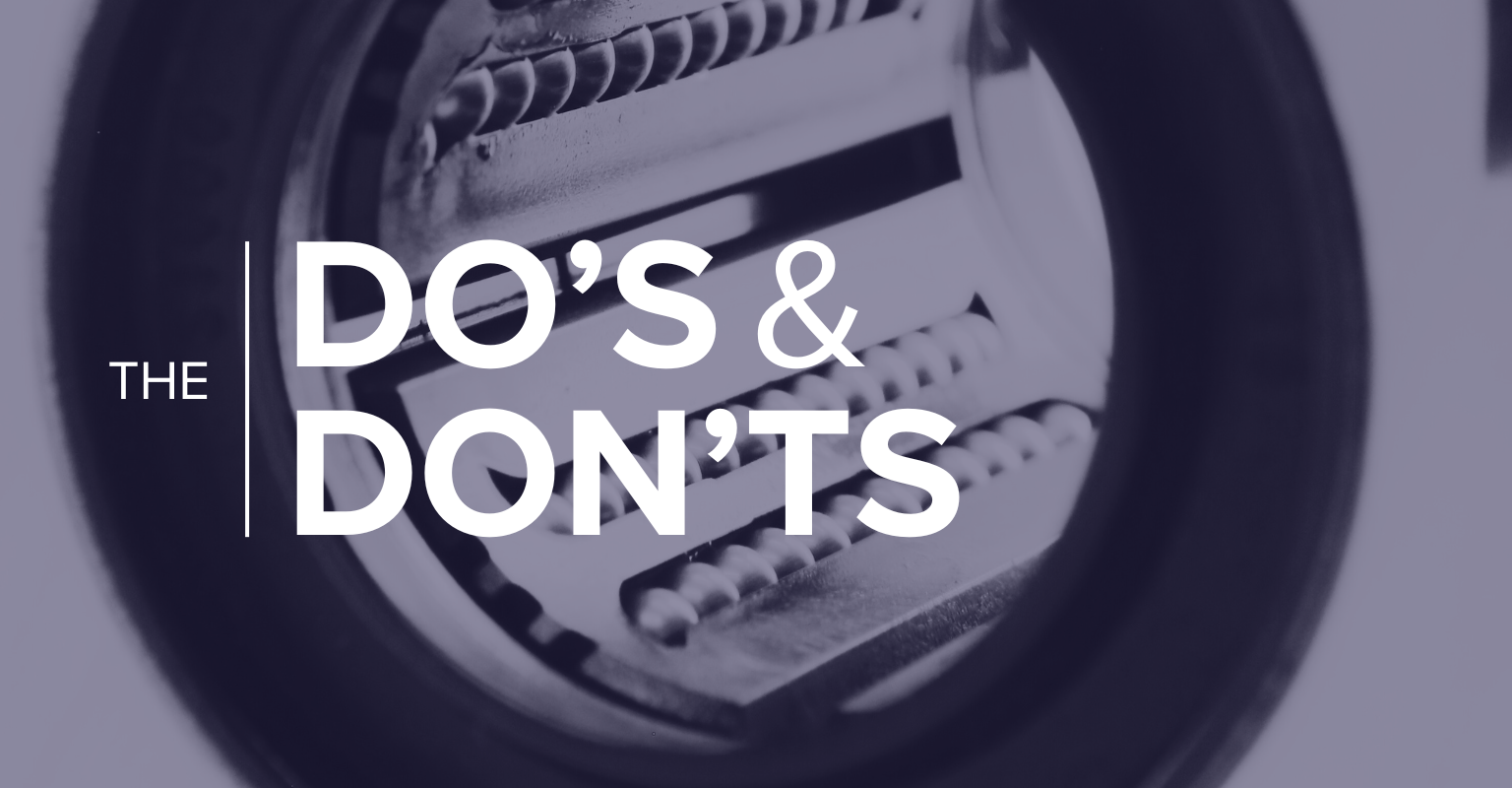
Linear ball bushing bearings for high-load, high-speed applications allow for ultra-smooth travel along the shaft with precision, but only when the correct clearance is applied between the shaft and bearing.
If your bearings are not travelling smoothly, you may need to adjust the clearance to reduce preload. Likewise, if they are not precise in their movement, it is likely that the lash needs adjusting.
Here are four things you need to know when adjusting pillow blocks to remove the lash, avoid drag and optimise the precision of your linear bearings.
Simple steps to adjust the clearance
Pillow blocks have an adjustable inside diameter which allows engineers to reduce the lash, or play, which is of course the clearance between the shaft and the bearing.
Adjustments to the inside diameter could not be easier. Simply find the adjustment screw and use a hex/allen key to loosen it. Make sure the pillow block is mounted to the shaft (you can check this because it will rotate easily on the shaft) and tighten the adjusting screw gradually until the linear bearing just starts to grip the shaft.
Avoid over-tightening
Stop tightening the adjustment screw as soon as you feel a slight increase in force when rotating. This indicates zero play (near frictionless movement) or slight preload (the force acting on the rolling elements) to minimise ball skidding and reduce axial play.
Ideally, you want to be able to move the linear bearing along the shaft without roughness and rotate it without drag, using only light pressure.
The dangers of high preload
If you find you can’t move the bearing using only light pressure, then the preload is too high. It is important to avoid excessive preload because this will cause rough operation, can shorten the lifecycle of the linear bearing and may lead to damage to the bearing or shaft.
Twin pillow blocks
Finally, if using a twin pillow block, one linear bearing should be adjusted while the other one is loose. Note the positioning of the adjustment screws (e.g. 10 o’clock or 2 o’clock) or torque wrench reading of the adjustment screw for the first bearing, then loosen it and adjust the second linear bearing. Once the clearance in the second bearing is correct, then return the first bearing to its correct setting.







No comment yet, add your voice below!